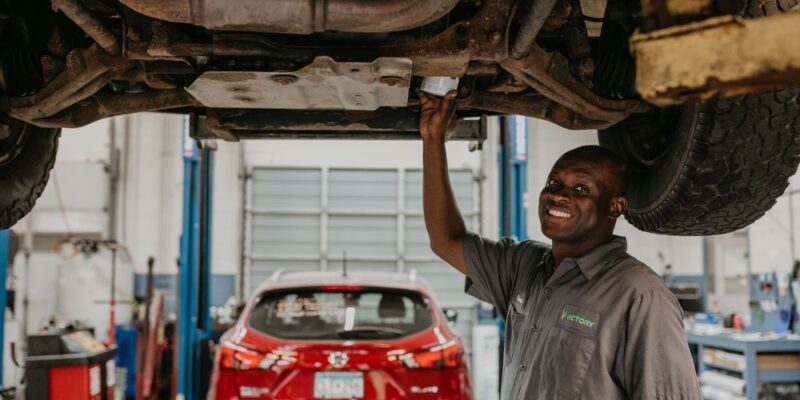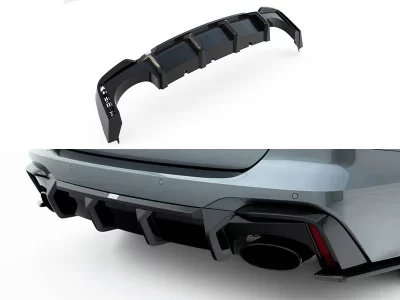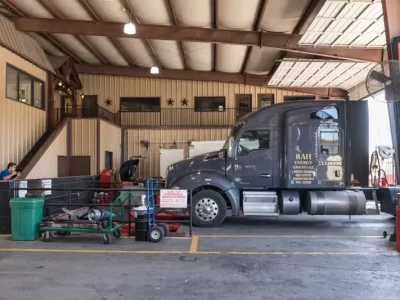Some people enjoy the freedom of owning a car but are also responsible for keeping their vehicle in good shape. Unfortunately many drivers follow out of date or wrong information without realizing it, which can cause them to spend more money or even damage their cars. Even though cars have gotten better, these auto repair myths still exist. They are often passed down from person to person or by word of mouth. Let’s separate fact from fiction and find the top car repair myths you should no longer believe.
Myth 1: Change oil every 3,000 miles
Many people think you must change your car’s oil every 3,000 miles. This used to be normal advice for older cars but modern engines and synthetic oils have changed things. These days, most new vehicles can go between 7,500 and 10,000 miles without having an oil change. What is the best thing to do? Check your owner’s manual to see what the maker says explicitly.
Myth 2: Premium gasoline is always better
Many drivers think using premium gas will improve their car’s speed and gas mileage even if their vehicle doesn’t need it. However using premium fuel won’t help unless your car needs it. It might not be worth the money or even worse, it might damage your engine in the long run.
Myth 3: Warm up engine before driving
Some people let their cars sit for a few minutes before starting them up especially in the winter, this is an old way of doing things. These days, engines are made to be driven almost right away even when it’s cold outside. Driving slowly is the best way to warm your engine up quickly and waste less gas.
Myth 4: Inflate tires to sidewall number
Another common misunderstanding is that the tire pressure written on the rim is the correct pressure. In fact, that number tells you the highest pressure that the tire can handle, not the pressure that your car needs. The proper tire pressure is usually written in the owner’s guidebook or on the driver’s door label.
Myth 5: Replace brake pads when you hear a squeak
Some drivers think it is okay to wait until they hear their brake pads squeaking or grinding before changing them. But by then, their rotors might be broken, which would mean more expensive fixes. Follow the manufacturer’s advice about how often to change your brake pads usually every 25000 to 50000 miles.
Conclusion
It can be expensive and even dangerous to believe car repair myths. It is very important to understand what your car needs based on information not old myths. You should always read the owner’s manual and talk to a skilled mechanic to keep your car in great shape. For those seeking auto repair in Houston, TX relying on professional advice can make all the difference












Comments